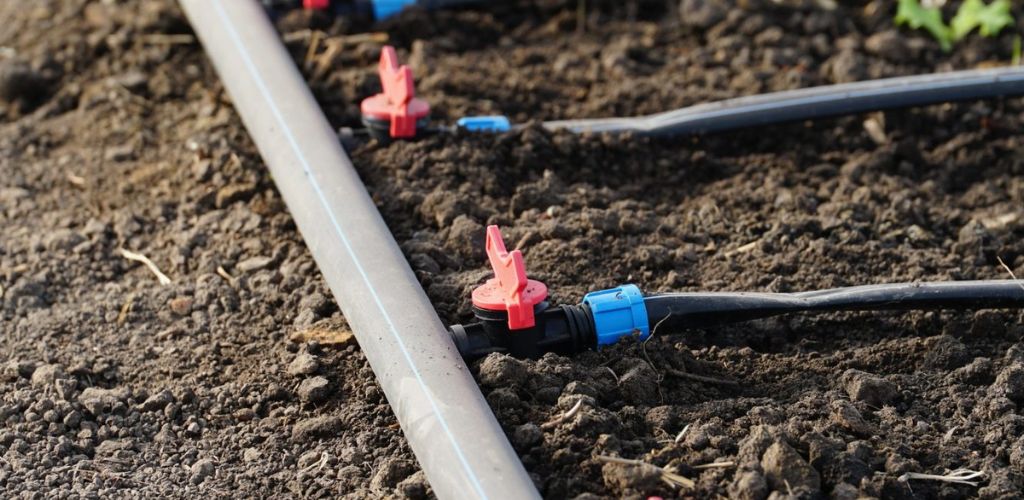03.04.2025
These Mistakes Can Destroy Your Drip Irrigation System! Common Problems and Effective Solutions
Drip irrigation is a fantastic way to conserve water and keep plants healthy, but it’s true that some common mistakes can lead to system failures. Here’s a breakdown of those problems and how to fix them:
1. Incorrect Water Pressure:
- Problem: Too much pressure can burst lines and emitters, while too little pressure results in uneven watering.
- Solution:
- Install a pressure regulator to maintain the recommended pressure for your system.
- Check your system’s specifications for the optimal pressure range.
- Use a pressure gauge to monitor the pressure regularly.
2. Clogged Emitters:
- Problem: Mineral deposits, debris, and algae can clog emitters, preventing proper water flow.
- Solution:
- Install a filter at the water source to remove sediment and debris.
- Flush the system periodically to remove buildup.
- Use emitters designed for hard water if necessary.
- Soak clogged emitters in vinegar or a commercial cleaning solution to dissolve mineral deposits.
- Replace heavily clogged emitters.
3. Leaks and Damaged Lines:
- Problem: Physical damage from animals, tools, or weather can lead to leaks and broken lines.
- Solution:
- Inspect the system regularly for leaks and damage.
- Use repair couplings or tape to fix minor leaks.
- Replace damaged sections of tubing.
- Protect lines from animal damage with barriers or covers.
- Bury lines to protect them from UV damage and physical harm.
4. Improper System Design:
- Problem: An improperly designed system can lead to uneven water distribution and wasted water.
- Solution:
- Plan the system layout carefully, considering plant water needs and soil types.
- Use appropriate emitter spacing and flow rates.
- Divide the system into zones to accommodate different plant types and watering requirements.
- Use a backflow preventer to avoid contaminating the water source.
5. Incorrect Watering Schedule:
- Problem: Overwatering or underwatering can stress plants and damage the system.
- Solution:
- Monitor soil moisture levels and adjust the watering schedule accordingly.
- Use a timer to automate watering and ensure consistent application.
- Consider weather conditions and adjust the schedule during periods of heavy rain or drought.
- Water deeply and less frequently to encourage deep root growth.
6. Lack of Winterization:
- Problem: Freezing temperatures can damage pipes and emitters.
- Solution:
- Drain the system completely before freezing weather.
- Use compressed air to blow out any remaining water.
- Remove and store emitters and filters indoors.
7. Inadequate Filtration:
- Problem: Small particles of dirt and debris can clog the system.
- Solution:
- Use a good quality filter.
- Clean the filter regularly.
- Use a filter that is rated for the size of particles that are found in your water source.
By understanding these common problems and implementing the solutions, you can keep your drip irrigation system running smoothly and efficiently.
